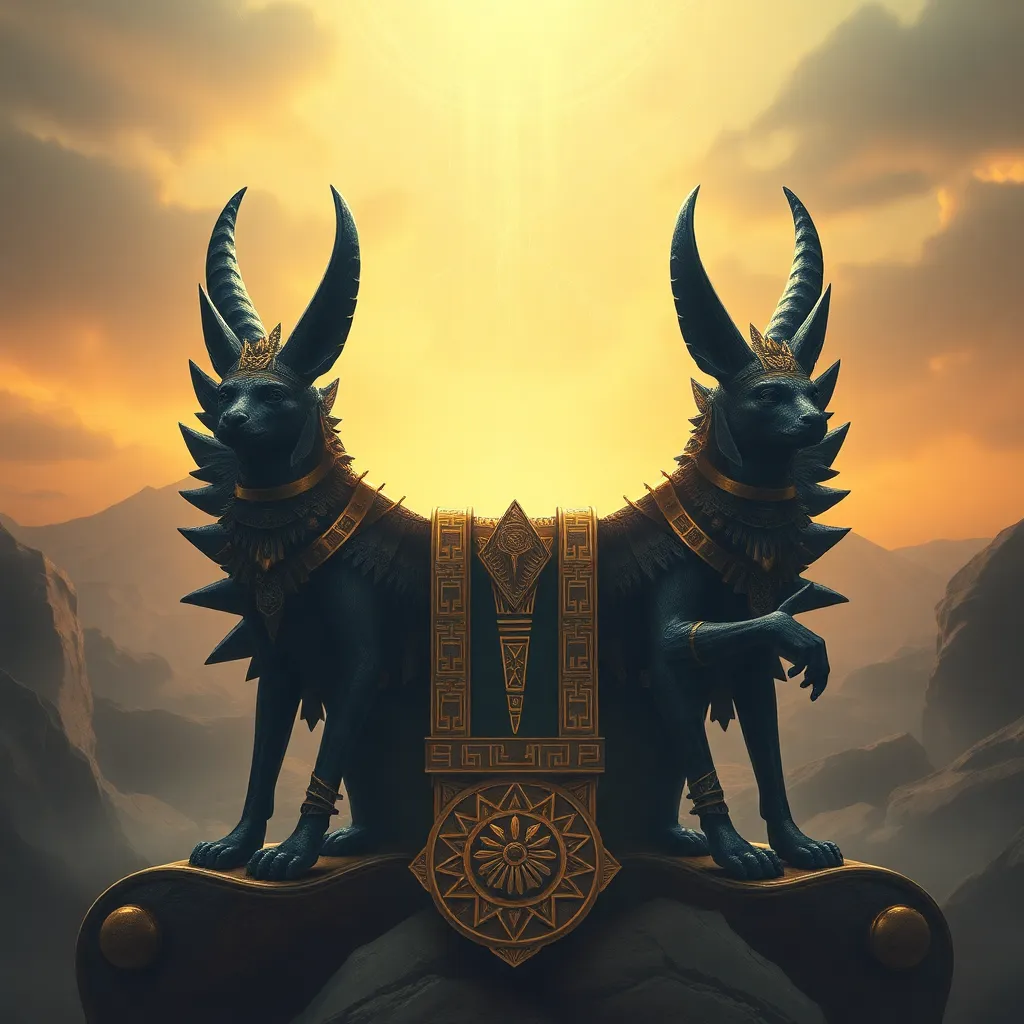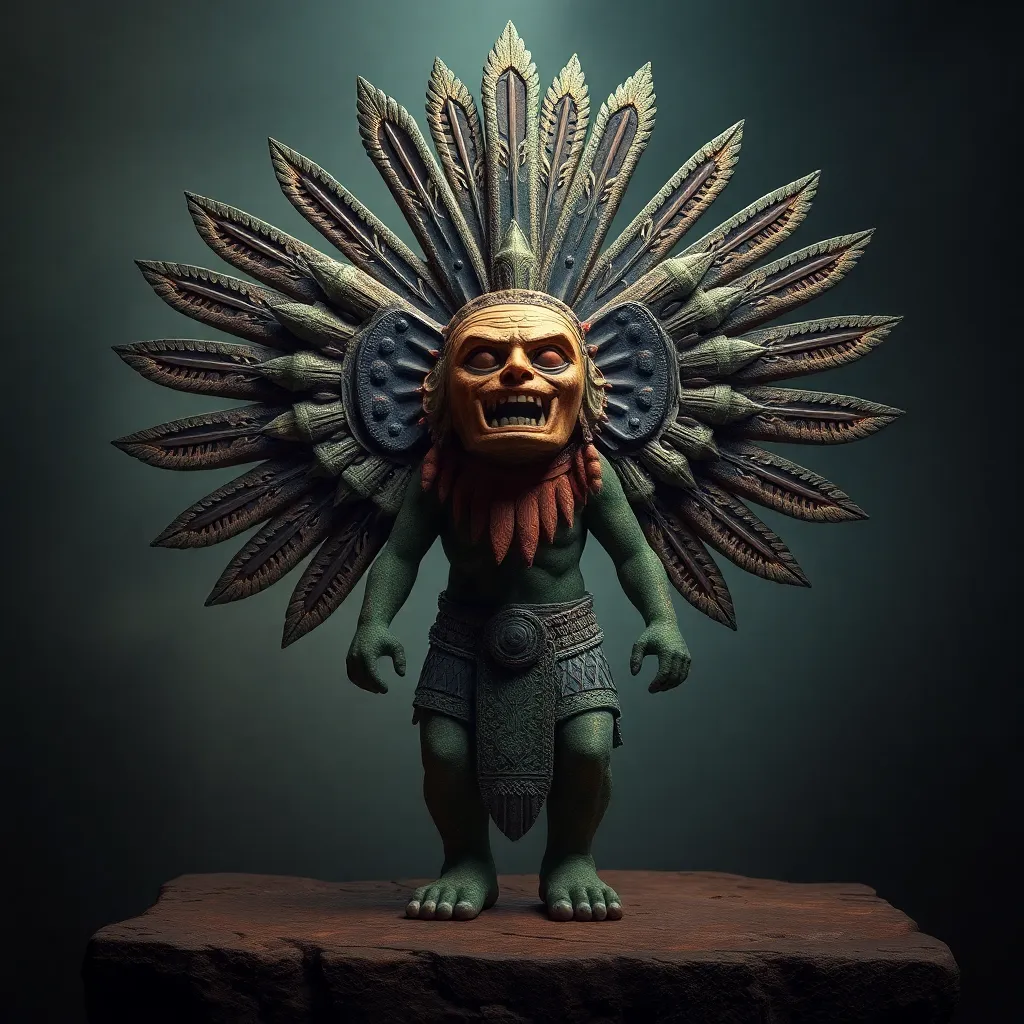The Werewolf’s Legacy: Exploring the Lasting Influence of Werewolf Myths on Popular Culture
I. Introduction
Werewolves, creatures that embody the duality of man and beast, have captivated human imagination for centuries. Defined as humans who transform into wolves or wolf-like beings, werewolf myths span across cultures and epochs, symbolizing the struggle between civilization and primal instincts. This article explores the origins of werewolf folklore and its profound impact on modern culture, illustrating why these myths continue to resonate today.
II. Historical Context of Werewolf Myths
The roots of werewolf myths can be traced back to ancient civilizations. From Greek mythology, which featured the tale of Lycaon, a king transformed into a wolf by Zeus, to early European folklore, the concept of men turning into wolves has been prevalent in various cultures.
Over time, werewolf legends have evolved. During the Medieval period, these tales became intertwined with witch hunts and the fear of the unknown. Many people were accused of lycanthropy, leading to trials and executions similar to those of witches. The fear of werewolves became synonymous with broader societal anxieties about morality, the supernatural, and the consequences of unchecked desires.
A. Early references to werewolves in ancient cultures
- Greek mythology: The story of Lycaon
- Nordic sagas: Warriors transforming into wolves
- Native American legends: Skinwalkers, who could shape-shift into various animals
B. Evolution of werewolf legends throughout history
As societies progressed, the narrative surrounding werewolves shifted. They transformed from mere folklore into symbols of human fears and moral dilemmas, reflecting societal concerns about violence, lust, and the loss of control.
C. The impact of the Medieval period on werewolf narratives
The Medieval period was particularly influential in solidifying the werewolf as a figure of terror. Reports of werewolf sightings and trials became common, embedding the creature deeply into the cultural psyche of Europe. This era also saw the intertwining of werewolf stories with those of witchcraft, leading to a demonization of the werewolf figure.
III. Werewolves in Literature
Literature has long served as a canvas for werewolf myths, allowing authors to explore complex themes through the lens of lycanthropy.
A. Analysis of classic literary works featuring werewolves
Classic literature features several notable werewolves, such as:
- The Werewolf by Clemence Housman (1896): A tale blending folklore and psychological horror.
- Dracula by Bram Stoker: Contains references to werewolves alongside other supernatural beings.
- Little Red Riding Hood: An early cautionary tale highlighting the dangers of the wild.
B. The role of werewolves in Gothic fiction and horror
In Gothic fiction, werewolves symbolize the darkness lurking within humanity. They embody the fear of losing one’s humanity and the allure of the savage. This theme resonates throughout numerous Gothic novels and short stories, where the werewolf often serves as a metaphor for the duality of human nature.
C. Contemporary literature: redefining the werewolf archetype
Modern authors have reimagined the werewolf character, often portraying them in a more sympathetic light. Works such as The Last Werewolf by Glen Duncan and Shiver by Maggie Stiefvater explore the complex emotional landscapes of werewolves, challenging the traditional monster narrative.
IV. The Cinematic Werewolf: From Classic Films to Modern Adaptations
The portrayal of werewolves in film has undergone significant transformations, reflecting changing societal attitudes and technological advancements.
A. Iconic werewolf films of the early 20th century
- Werewolf of London (1935): The first major werewolf film that introduced audiences to the concept of transformation.
- The Wolf Man (1941): A classic that solidified the werewolf mythos in popular culture.
B. The transformation of werewolf portrayals in modern cinema
Modern adaptations often blend horror with romance and drama, as seen in films like Twilight and Underworld, where werewolves are portrayed as more complex characters with rich backstories and moral dilemmas.
C. Notable directors and their contributions to the werewolf genre
Directors such as John Landis, with An American Werewolf in London (1981), and Neil Jordan, with The Company of Wolves (1984), have left a significant mark on the genre, blending dark humor with horror and exploring deeper themes of transformation and identity.
V. Television and Werewolf Mythology
Television has played a crucial role in shaping the contemporary understanding of werewolves, often portraying them in a variety of contexts.
A. Popular TV series featuring werewolves and their cultural impact
- Teen Wolf: A fresh take on the werewolf myth, appealing to younger audiences through themes of friendship and identity.
- Bitten: Focuses on the struggles of a female werewolf, exploring themes of empowerment and acceptance.
B. The portrayal of werewolves in animated series
Animated shows like Gravity Falls and Scooby-Doo have incorporated werewolves into their narratives, often using humor and light-hearted storytelling to engage younger audiences.
C. How television has shaped public perception of werewolves
Television has demystified werewolves, presenting them as relatable characters rather than purely monstrous figures. This shift has encouraged audiences to explore themes of belonging and identity through the lens of werewolf mythology.
VI. Werewolves in Video Games and Interactive Media
Video games have also embraced werewolf lore, allowing players to engage with these myths in interactive ways.
A. The role of werewolves in popular video game franchises
- The Elder Scrolls V: Skyrim: Players can choose to become werewolves, exploring the benefits and challenges of this transformation.
- Wolf Among Us: A narrative-driven game that features werewolf characters within a modern fairy tale context.
B. The influence of werewolf lore in tabletop and role-playing games
Werewolves often appear in tabletop RPGs like Dungeons & Dragons, where they serve as both enemies and potential allies, allowing players to explore the duality of human nature.
C. Fan engagement and community building around werewolf-themed games
The werewolf theme has fostered vibrant fan communities, encouraging discussions and creativity through fan art, storytelling, and cosplay, further solidifying the werewolf’s place in popular culture.
VII. Symbolism and Themes: What Werewolves Represent
Werewolves are not merely creatures of horror; they embody deeper meanings that resonate with audiences across generations.
A. The duality of human nature and the werewolf metaphor
The werewolf is often seen as a metaphor for the duality within each person—the struggle between civilized behavior and primal instincts. This theme invites introspection and reflection on human nature.
B. Cultural reflections of fear, transformation, and identity
Werewolves reflect societal fears surrounding transformation, whether it be physical, emotional, or social. They serve as a canvas for exploring identity crises and the consequences of change.
C. The werewolf as a representation of societal issues
Throughout history, werewolves have been used to symbolize various societal issues, including the fear of the ‘other’, the consequences of unchecked desires, and the struggle for control over one’s identity in a rapidly changing world.
VIII. Conclusion
The werewolf’s legacy is a testament to its enduring impact on various cultural mediums, from literature and film to television and video games. The rich history and evolution of werewolf myths highlight their significance in exploring complex themes of identity, fear, and transformation.
As society continues to evolve, so too will the narratives surrounding werewolves, allowing for new interpretations and explorations



